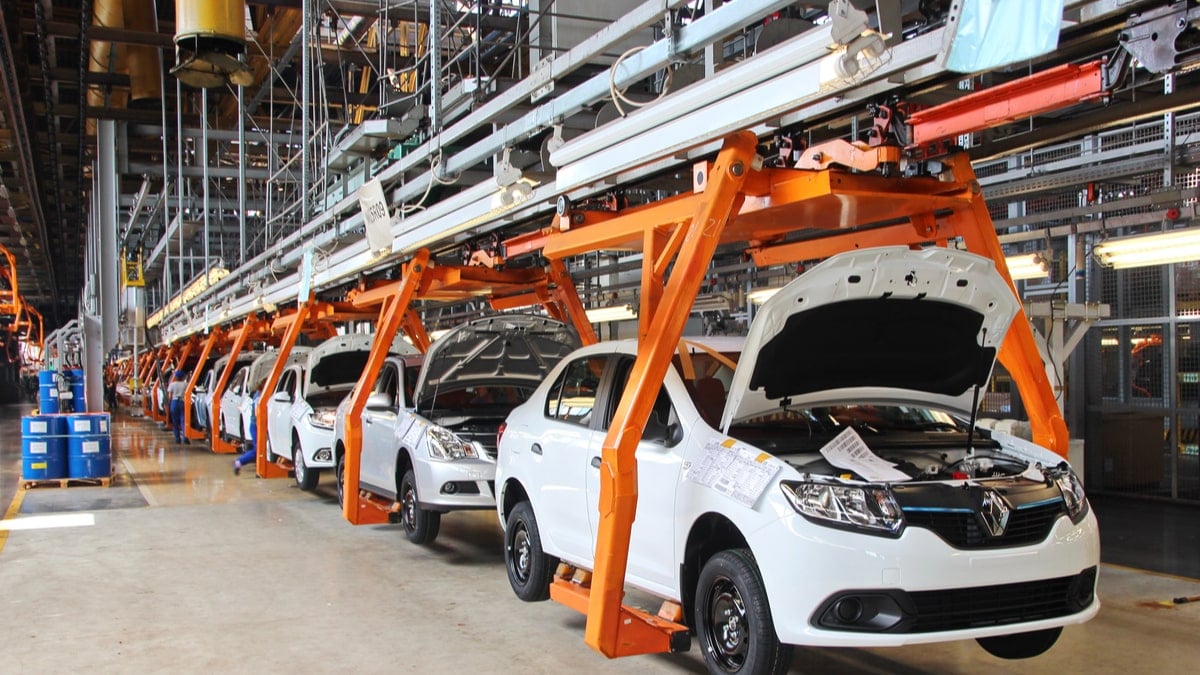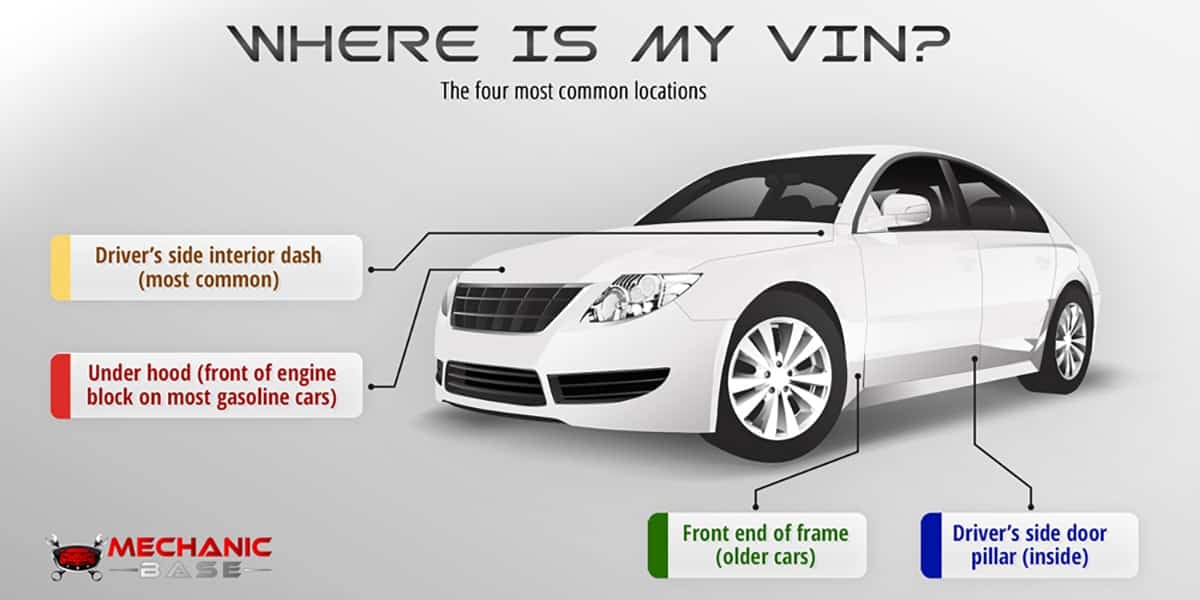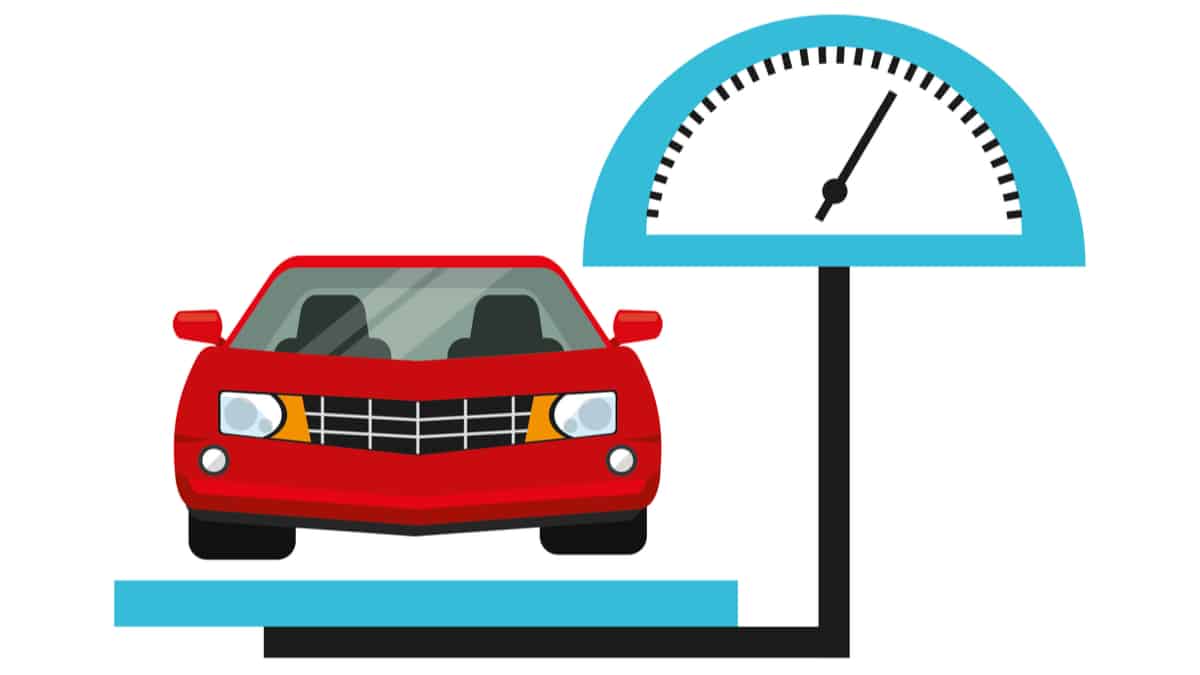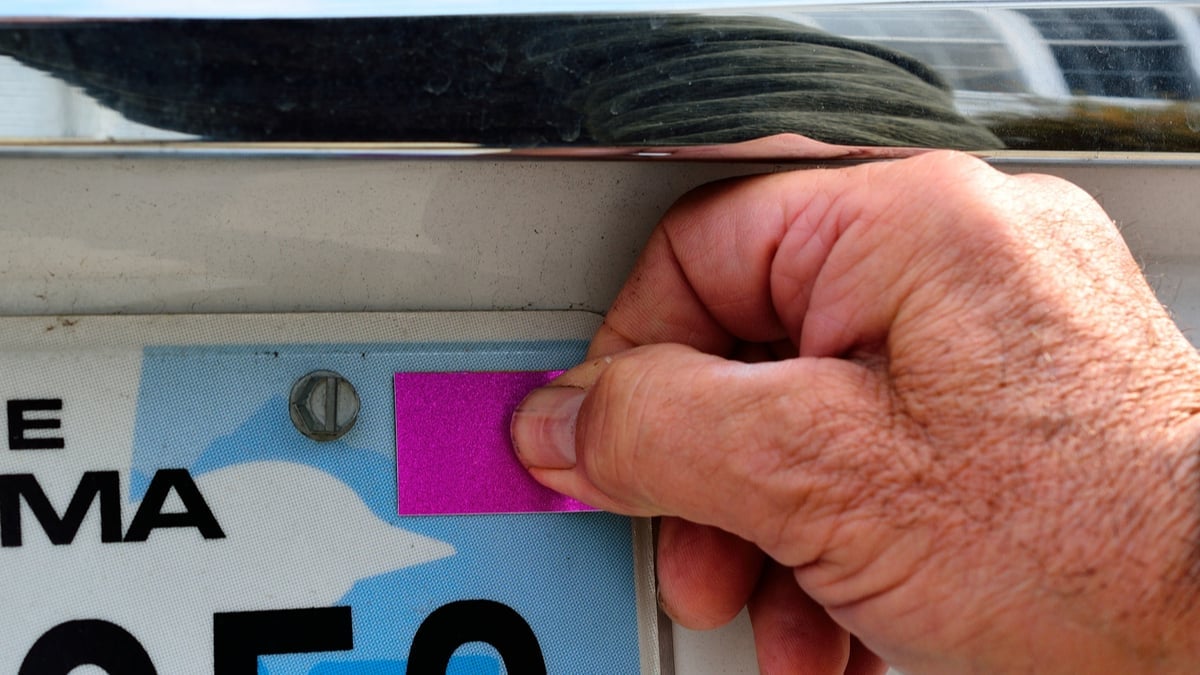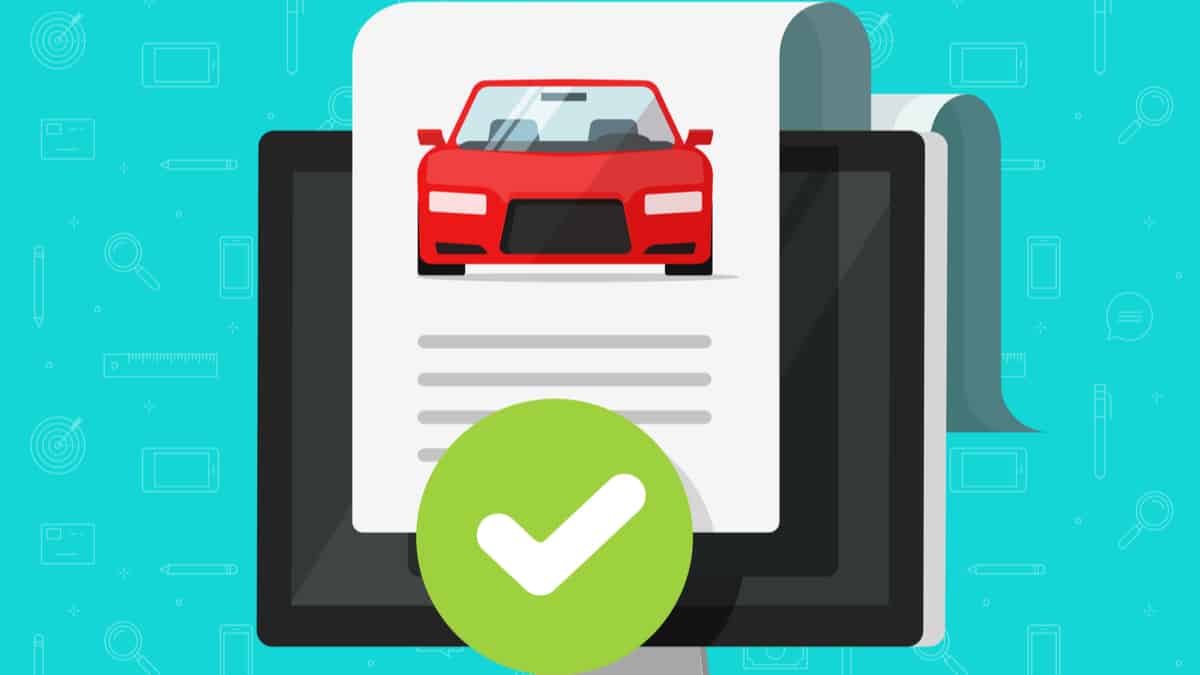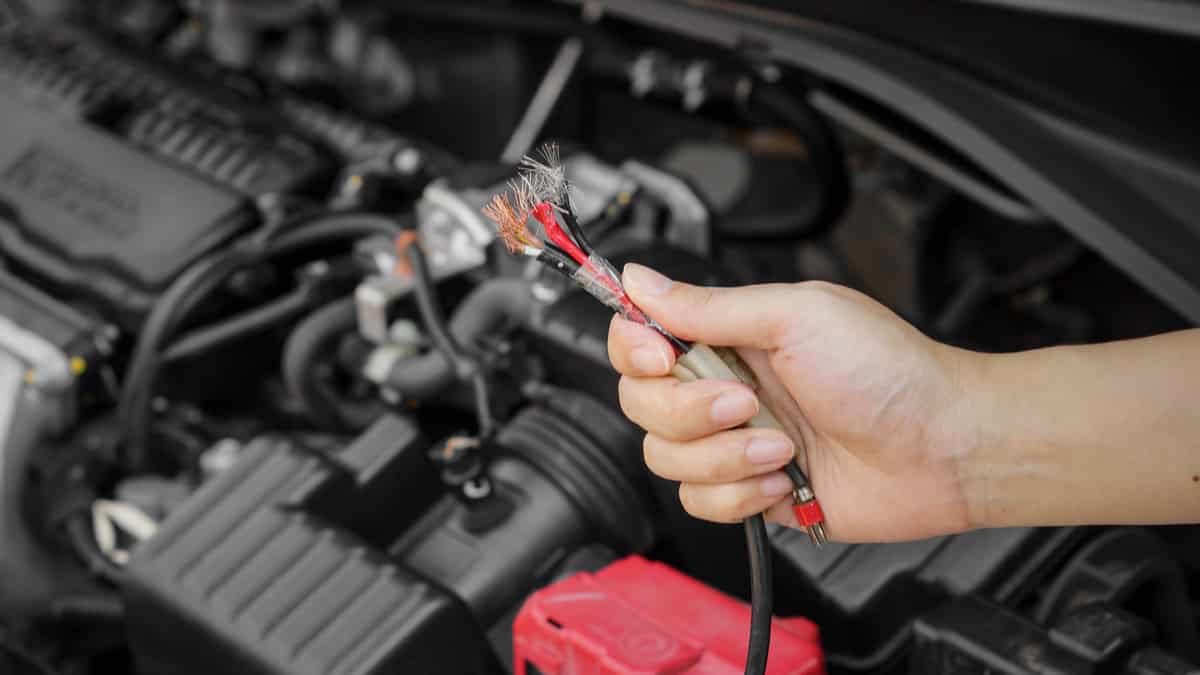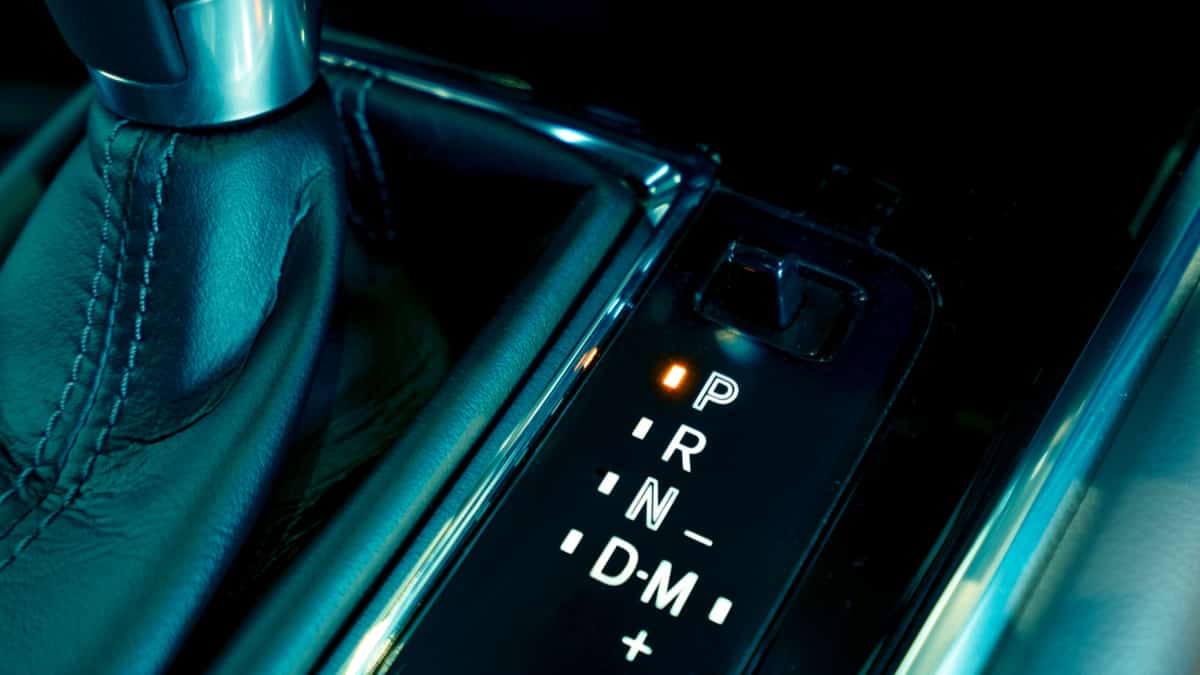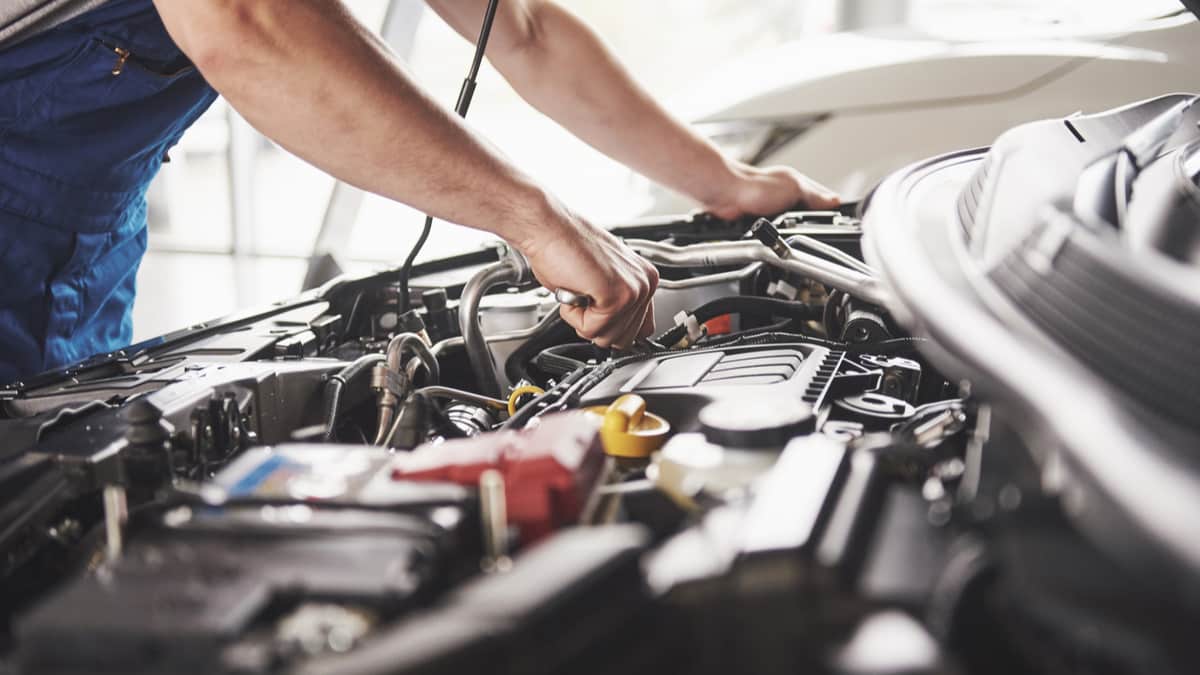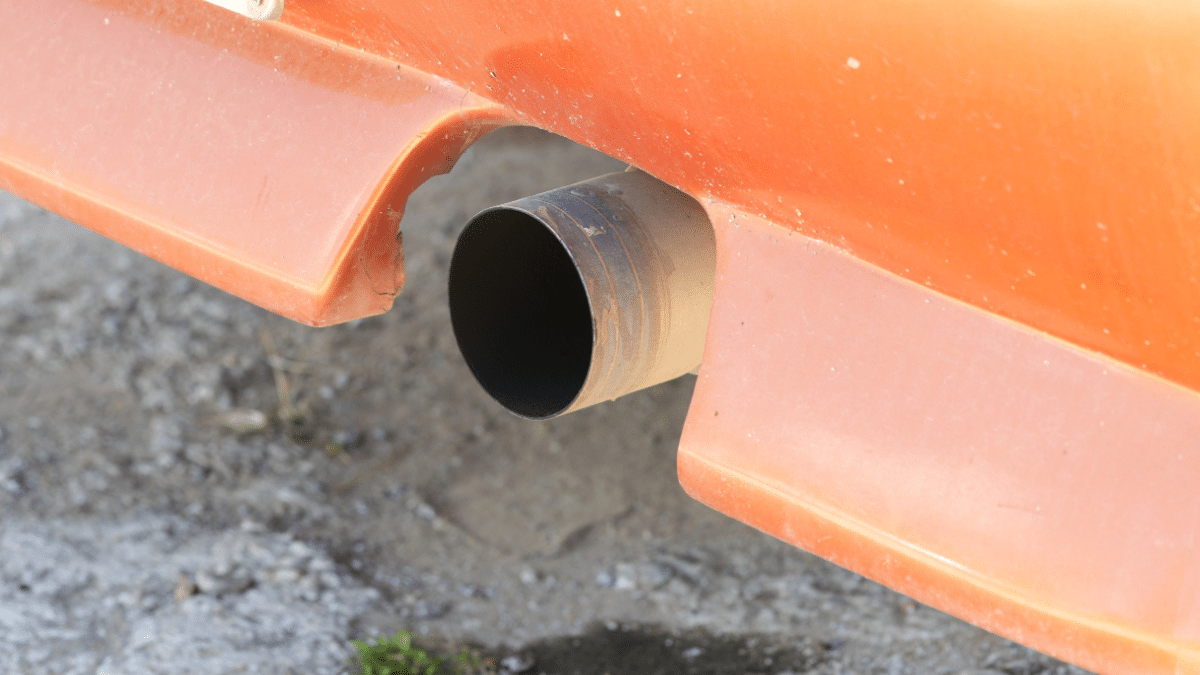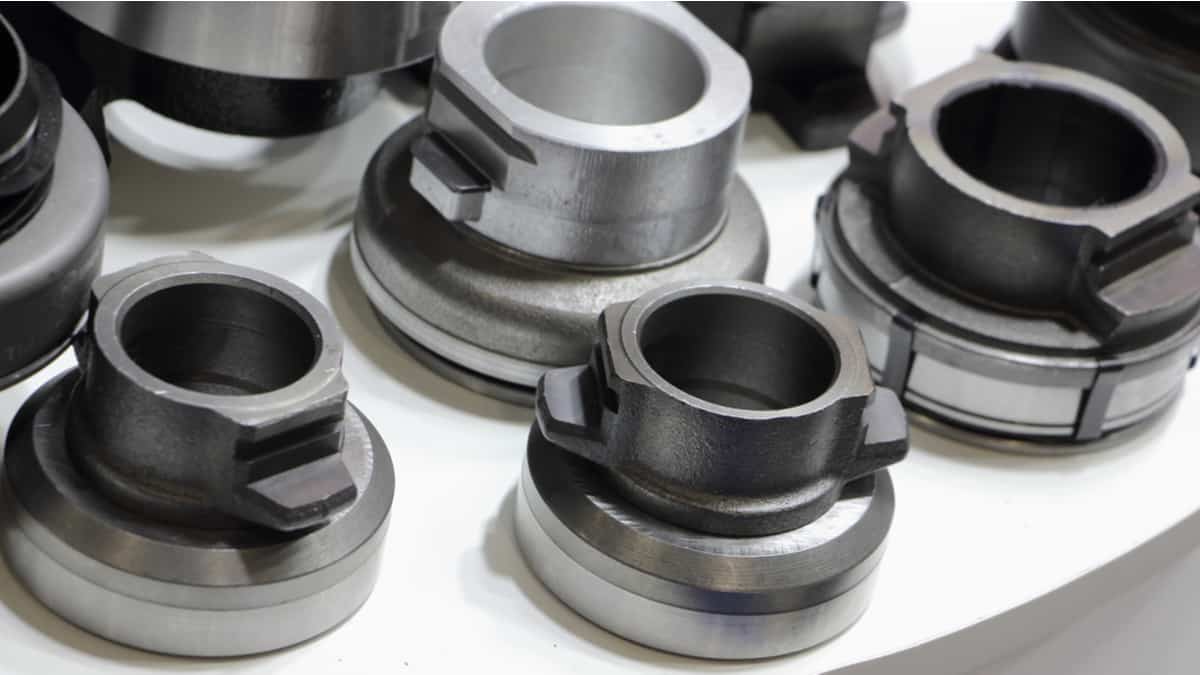If you are double-checking your car options or you want to know what a used car might have that you are looking at, you have several paths to take. There’s no reason to be left in the dark when you are asking – how can I find out what options my car was ordered with?
In this guide, I cover all of the options. I also discuss how to decode the VIN to determine some valuable information. At the end of this guide, I look at some of your top questions, such as what to do if the VIN is short or if you need to order more options with your new car.
What is the VIN (Vehicle Identification Number)?
To get any information about your car, you will need the VIN. The vehicle identification number is a unique series of numbers and letters that are the fingerprint of your vehicle. It’s the way that the vehicle is differentiated from every other vehicle on the road.
This vehicle identification number is found on the dashboard underneath the windshield. It can also be on the door jamb of your vehicle, or etched into the engine compartment. You can also find the number on ownership documents with the vehicle, such as your title and registration. Your insurance provider puts the number on your coverage documents too.
READ MORE: Where Can You Find the VIN on Your Car?
How To Find Out What Options My Car Was Ordered With?
The easiest solution to find out what parts your car was ordered with is to call your local dealership or manufacturer with the VIN number, so they can give you all of the pertinent information. There are also VIN decoders and vehicle history report websites that can offer some of the information too.
Below is some more information on the different methods on how to find out what options your car was ordered with.
1. Use VIN Decoder Website
If you don’t need a complete vehicle history report, you can use a third-party website to decode the VIN. If your manufacturer doesn’t offer this option, you are forced to choose another reputable site.
There are some websites that provide the details for free, but that information will be limited. You are better off paying a small fee to get more data. Once you pay, it will only take minutes to receive the information. You should see the motor, transmission, drivetrain and emissions information. However, a lot of factory options won’t be included with this data.
2. Call Dealership/Manufacturer
The most accurate way to determine what options your car was ordered with is to talk to the dealership or manufacturer. Some manufacturers have a tool on the website allowing you to look up the information by the VIN. This is the easiest solution since you don’t have to talk to anyone.
Otherwise, you will want to have the VIN handy when you call. They may be able to email you a printout of the factory options and equipment, or you could be asked to pick it up.
3. Get Vehicle History Report
You can purchase a vehicle history report from a third-party provider. The most popular option is offered by CARFAX. While you need to pay for this report, you gain instant access to a lot of information about your vehicle.
The report outlines your car’s make, model and year. You will also see the original sale date and gain every date that the vehicle was purchased by a new owner. All of its repair details and service records are also listed on the report. If the car has been in a flood or had a salvage title, you can also learn that through these reports.
While every option might not be available through the report, it’s still helpful for learning more about the engine, transmission, and drivetrain. Plus, you can use this tool when you go to sell the vehicle to show its condition.
READ MORE: The Best Vehicle History Report in 2022 – CarFax vs AutoCheck
4. Decipher VIN
If you have experience working with the VIN, you might be able to decode it yourself. Some vehicle manufacturers offer tools to break it down or you can look online for the information. Here’s a basic look at what each section of the VIN means.
- 1st: Country code where the vehicle was manufactured.
- 2nd – 3rd: Name code of the manufacturer.
- 4th – 8th: Engine type/size, brand, model, series and body style.
- 9th: Check digit (vehicle security code).
- 10th: Vehicle’s model year.
- 11th: Assembly plant where the car was manufactured.
- 12th – 17th: Vehicle serial number.
It’s normal to have several VINs with the exact same three first characters, especially if these are made from the same brand and came from the similar location.
Where the options can be found in the VIN is during the final digits. Your car manufacturer might have information on how to decode these final aspects of the serial number. Depending on your vehicle, it could reveal equipment packages, such as towing and seating options.
Why Do You Need to Know Car Options?
There are multiple reasons to figure out your car options. If you’ve just ordered the car from the dealer, you might want to double-check that you got what you paid for. You may also decide you want to change the options before it is produced.
If you are hoping to sell the vehicle, you want to know what options came with it, so you can sell it easier. With this information, you can get a more accurate KBB value and ask for the appropriate amount of money.
If you are looking to purchase a vehicle, the options are also important for figuring out the value. Many models offer different engine configurations, which can alter what the car is worth. Plus, you want to make sure it has the options that matter the most to you.
Why is My VIN So Short?
If your car was manufactured from 1954 through 1981, the VIN doesn’t follow any standard format. It could be much smaller than a typical VIN from today’s cars.
To decipher this VIN, you will need to reach out to the manufacturer. For classic cars prior to 1954, you might not find a VIN at all.
Can I Add Options to My New Car?
If you’ve recently ordered a new car from the dealership, there could still be time to order new options. Reach out to the dealership to see if there’s still time to change the order before the manufacturer produces your car. If it hasn’t hit production yet, there’s still the chance that you can get what you want. There’s also the option to cancel your special order and take something off of the dealer’s lot if you don’t want to wait any longer. You just have to check what the cancelation fee might be with the dealership to stop the custom order.
After the car is purchased and manufactured, you can’t have any more options added at the factory. However, that doesn’t mean you are left without what you want. After the car arrives, you can have the dealership service department install aftermarket accessories or pay a local shop to help you out. Just keep in mind that some aftermarket components can void the warranty, but only if the product itself leads to damage to the vehicle systems. Additionally, you don’t want to make aftermarket changes if you are leasing the car.
Categories: Market
